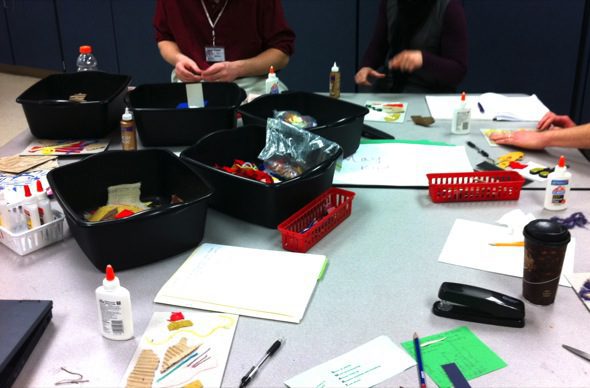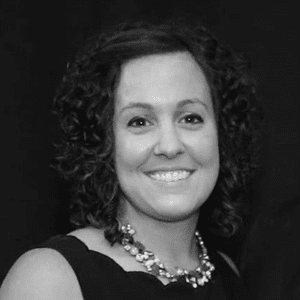For the past three years part of my job description involved creating, planning and implementing professional development for the art teachers in our district. I planned all of the full day PD Sessions as well as our weekly PLC Meetings. I truly LOVE my job. Through this experience, I have learned a lot about what works and what doesn’t in an art department meeting. Believe me, I’ve seen it all, the good (teachers collaborating to develop a common assessment), the bad (no one can agree and the meeting goes no where) and the ugly (all out fights!). If you are lucky enough to meet as an art group, even once a year, you might find the same type of ‘meeting issues’ getting in the way of your productivity. I mean seriously, throw a bunch of right brained creatives in a room and ask them to sit all day can be a recipe for disaster! Wink. In the end, any issues your team has both publicly and privately also decrease your professionalism in the eyes of administration,which is the last thing you need when the arts are constantly having to defend themselves anyway!
.

.
Today I want to share the top 5 “No No’s” that art teachers make during meetings and a simple solution for each. Hopefully this will help you keep your group on track so you can to the good stuff, and be more productive in your meetings.
.
5 Common Problems in Art Department Meeings and How to Fix Them
.
“Complaining – Our meetings turn into gripe sessions”
It can be very easy to let complaining take over what should be a productive meeting. If you have jobs for everyone during the meeting to keep them busy and productive, and group norms in place, this will help dramatically. If you still have a “negative nancy” in your group, simply try to redirect them to the focus. You can write on the board a mini goal for this hour of work, and remind them of the task at hand. If an outcome is expected, and something needs to be produced, there won’t be time for griping. Stick to the agenda and whenever someone complains ask them if they have any SOLUTIONS to the issue. Be 100% solution based. For every issue, brainstorm 5 solutions.
“Not everyone is on board with the common goal and they are deterring our mission”
I would recommend always having an administrator present in your art meetings. If you have an administration present, it will help teachers to act professional and help the large group get something done. If a particular individual will not buy into the PD or gives up and shuts down, you may need to move along without them. Don’t let one person deter the whole group’s mission. As art educators we need to act professionally in order to be taken seriously and get our programs valued in the eyes of others.
“Everyone is losing focus as the day goes on”
I call this the “Witching Hour”….What is the witching hour, you might ask? It’s the hour after everyone comes back from lunch on a full day of Professional Development. Energy is low. Digestion is high. Moods get cranky and patience gets thin. This is the part where everyone starts to loose steam and motivation and the afternoon can get long. My facilitation partner and I strategically planned activities after lunch that got everyone up and moving, got them outside, or planned a half hour of a fun art activity for people to do as they came in from lunch. It really helped!
“We get off track and sidebar conversations distract our work”
Again, your norms (meeting expectations) and group jobs should prevent this from happening. If people are side-baring or getting off topic, the time keeper needs to be sure to remind everyone of the goals for the day. It sounds rude, but someone (usually the facilitator) you will need to call their bluff and just remind them that sidebars are rude and not productive. It sounds harsh, but most people will feel bad. They just aren’t used to having structure, and you are here to provide that. It’s part of being a professional, on their part, to adhere to the group norms.
“We don’t have anything to show for our day but a bunch of hot air!”
Ha, I know this complaint well. This is how all of our meetings were before we went to a structured model. It all comes down to the need for structured actives to follow if your meeting is going to be productive. You need new learning in topics specific to art education with outcome based tasks. Most departments spend their meetings planning an art show, or sharing lesson ideas. This great, but it sure doesn’t have a lot of depth. The real learning comes when the whole team gets some new information and takes it directly back to the classroom.
I hope these solutions will help you at your next art department meeting, they’ve sure helped us!
Do you get to meet with other art teachers for professional development? What’s it like?
Have you experienced some of these same issues in your art department meetings?
Magazine articles and podcasts are opinions of professional education contributors and do not necessarily represent the position of the Art of Education University (AOEU) or its academic offerings. Contributors use terms in the way they are most often talked about in the scope of their educational experiences.




